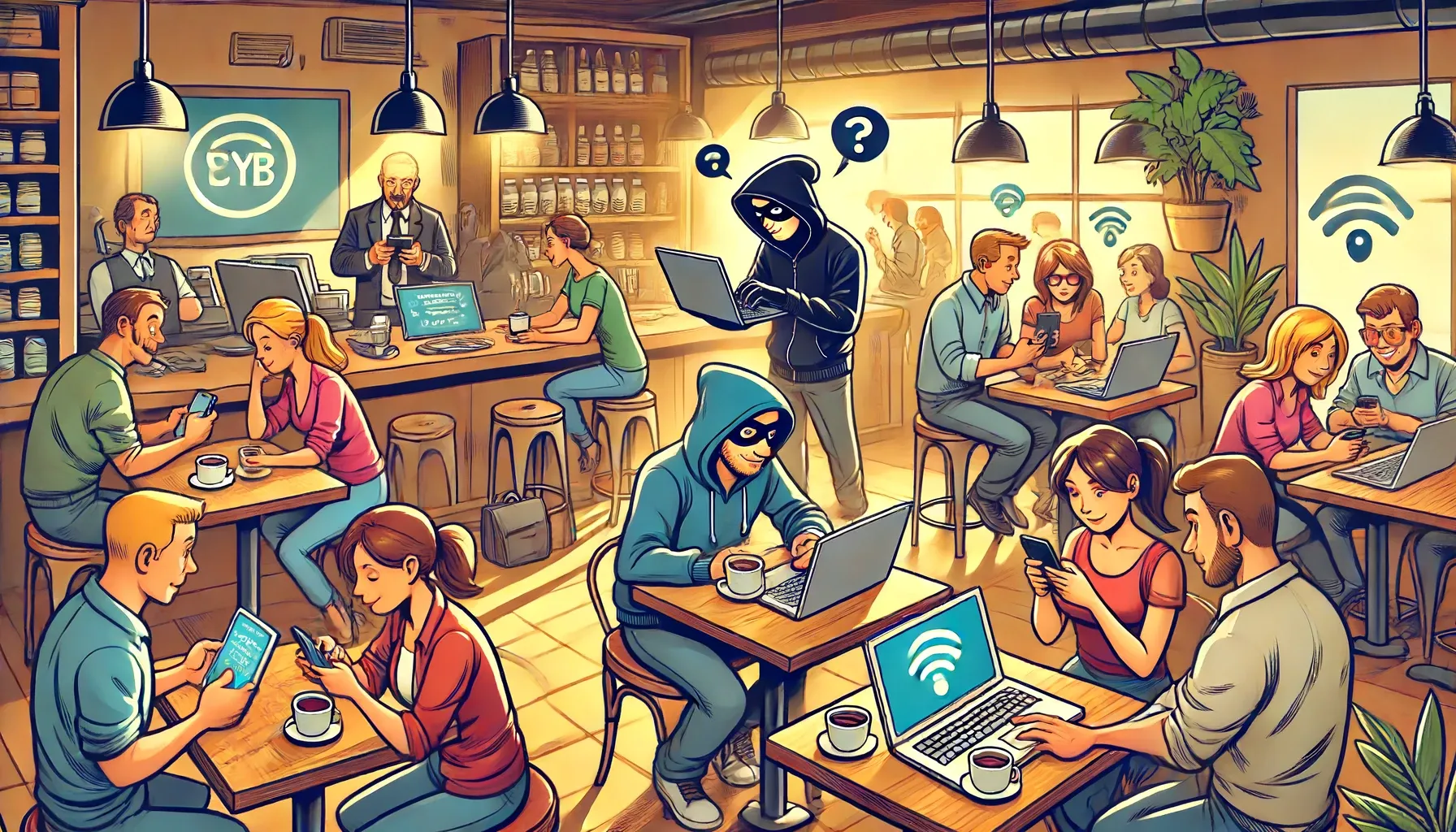NSA Tips to Limit Surveillance Via Mobile Devices
When it comes to understanding surveillance, the NSA tops my list of experts. So, when they publish a list of best practices to reduce surveillance threats, I listen. Read on to learn more.

Big Brother (and others) is (are) Watching
George Orwell is famously credited for coining the term “big brother” in his frighteningly prescient novel, “1984.” I wonder how he’d feel about the state of affairs in the US and worldwide today.
Well, this isn’t a book review; it’s a short article to provide some advice from Big Brother himself, the NSA, on how to reduce the amount of time governments and non-government agencies surveil you, your actions, location, and everything else through your smartphone. It strikes me as a bit ironic that the largest surveillance agency in the US offers tips on how to avoid or reduce surveillance. That smacks of the fox guarding the hen house. But, still, they are the experts, and their tips make sense.
Editorial Note: The NSA tops apply to Mobile Devices, which I take to mean smartphones, tablets, and laptops. Following the NSA tips on all these devices makes sense.
Be Careful Where You Connect to Networks and Recharge
This tidbit is old news. From the first days of free or poorly protected public hotspots, I’ve known to do one of the following:
· Don’t connect, especially in retail establishments.
· If you must connect, use the cell phone as a hot spot.
· Use a VPN each and every time you connect, at home and in the wild.
A new tip, at least to me, is the NSA’s admonition to avoid using public charging points and any cords other than the original one to avoid picking up spyware. The Agency doesn’t explain how using unknown charging points and cords can lead to a spyware infestation, but again, I defer to their knowledge.
Handy Infographic from the NSA
The NSA has published an infographic entitled “Mobile Device Best Practices,” which is available for download from their website. Here’s a partial list of the best practices:
· Turn your phone off and on weekly – shut it off entirely; don’t just have it snooze.
· Turn off Wi-Fi, Bluetooth, and location services when you do not need them.
· Only install apps from the official store (Apple or Google).
· Don’t install too many apps – oops, I am guilty here…trying to create my own Star Wars Tricorder!
· Always update your OS and apps as soon as possible after one is available.
· Don’t click links in emails or pop-ups.
· Never physically connect your device to a government computer or via Wi-Fi or Bluetooth.
There are more, and the infographic is very informative. So, I will let you get your own copy and read the rest at your leisure. I plan to laminate mine for long-term use.
Here are a couple of additional rules I practice:
· Don’t write, say, post or otherwise put anything online you don’t want to get out or discovered.
· Minimize the amount of personal information you have online.
· Act according to the famous line from Catch 22, “Just because you’re paranoid doesn’t mean they aren’t out to get you.”
Use Your Gear Wisely
Mobile devices are double-edged swords. They provide tremendous benefits but also come with serious risks. Use them wisely by following the best practices in the infographic. Or you could do the Luddite thing and revert to rotary phones and the US Mail.
